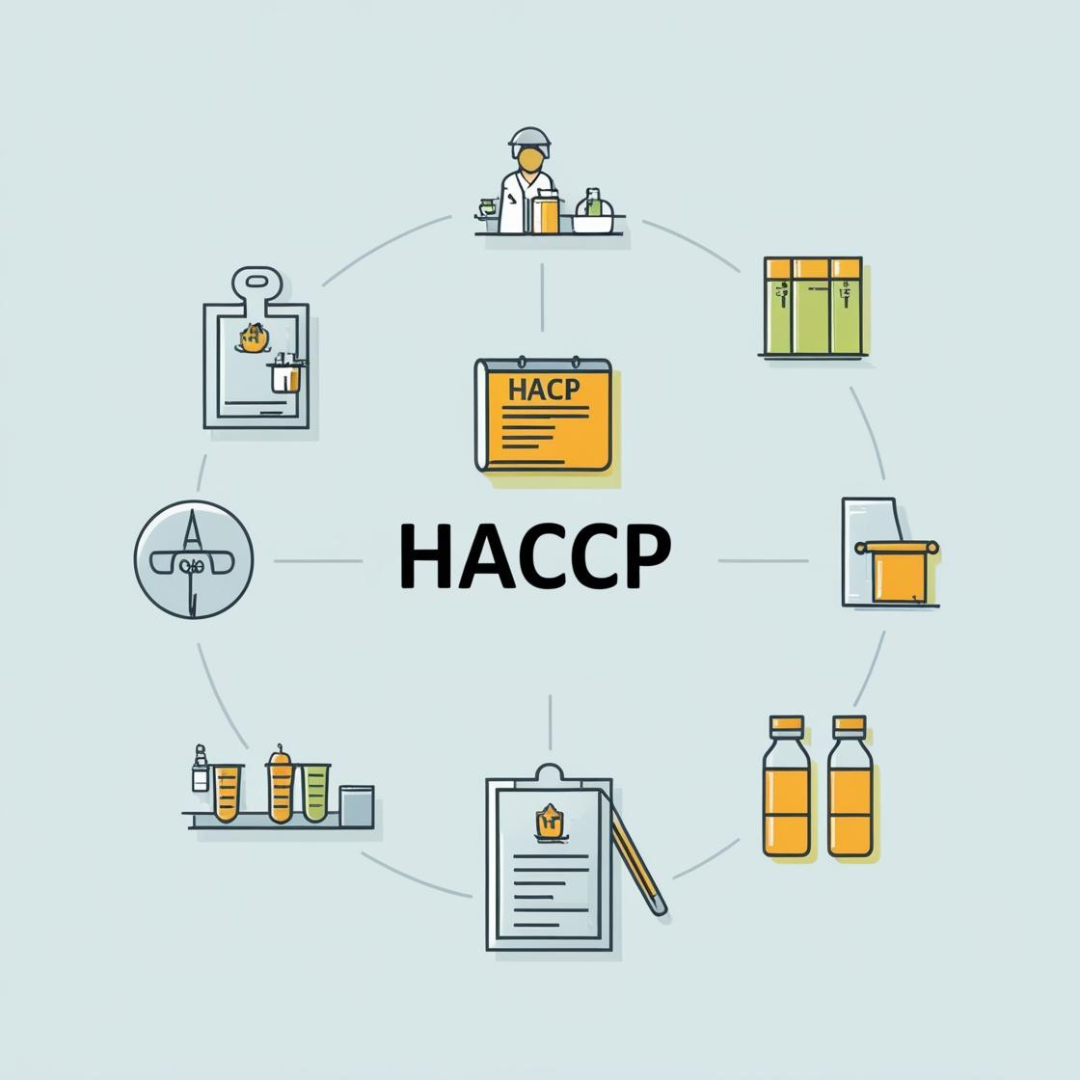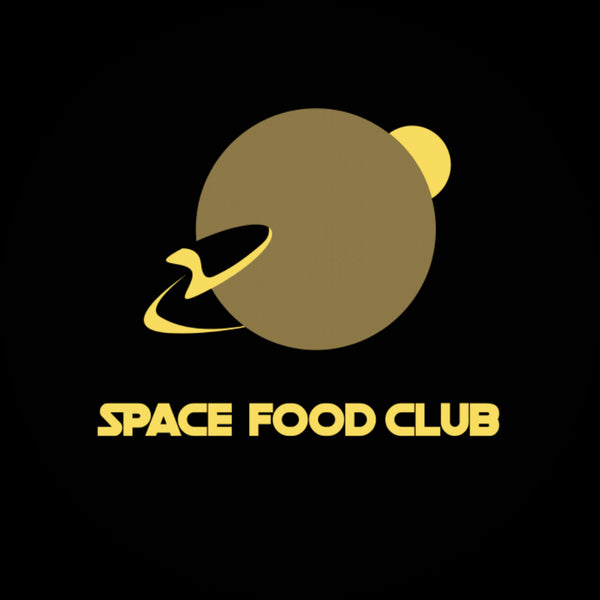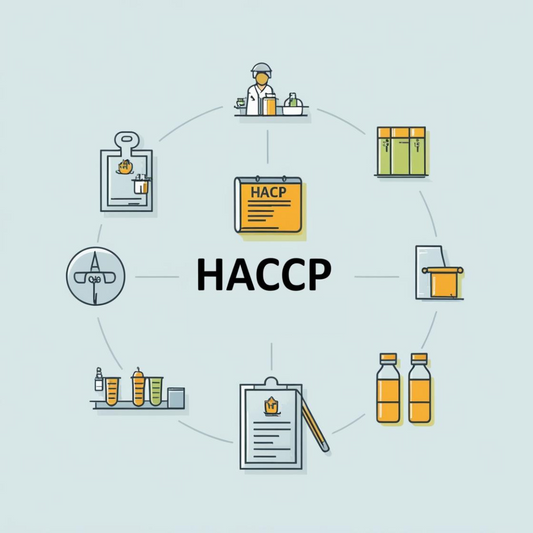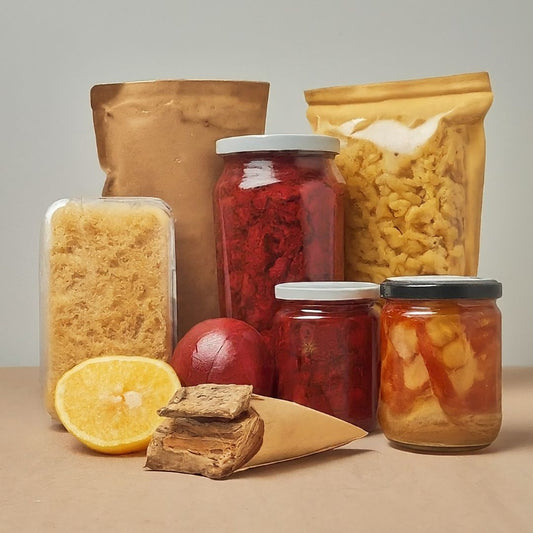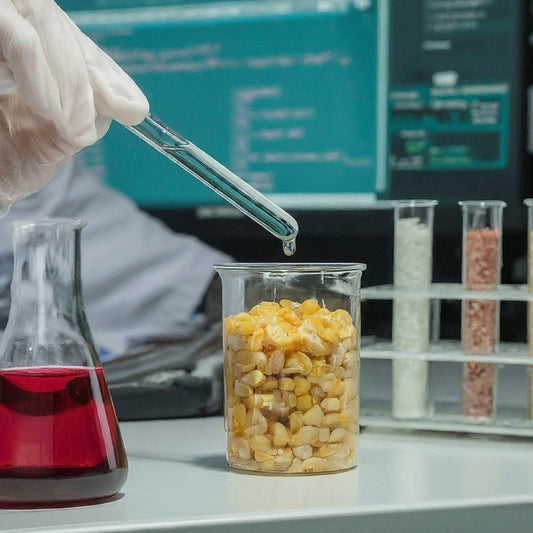Edible Packaging: Eco-Solution or Consumer Gimmick?
Share
In a world drowning in plastic waste, the search for sustainable alternatives has never been more urgent. Enter edible packaging — an innovation that promises to replace disposable plastics with materials you can literally eat. From seaweed-based wraps to edible spoons and cups, this trend has gained traction in food tech circles. But the question remains: Is edible packaging a scalable solution to our environmental crisis or just a flashy gimmick for eco-conscious marketing?
🌿 The Promise of Edible Packaging
Edible packaging is made from food-grade, biodegradable materials like seaweed, rice, potato starch, milk proteins (casein), and fruit peels. These materials are designed to reduce single-use plastics in food service and packaging industries.
Some startups are already turning heads:
Evoware (Indonesia) produces seaweed-based packaging for sachets and wraps.
Loliware (USA) creates edible straws and cups.
Notpla (UK) develops edible films and pouches for water and sauces.
These products offer:
Zero-waste consumption (no need to dispose — just eat it!)
Biodegradability even if not consumed
Reduced plastic pollution and microplastic contamination in oceans
⚖️ The Challenges Behind the Hype
While the concept is exciting, the scalability and practicality of edible packaging still face real-world challenges:
1. Shelf Life and Moisture Sensitivity
Many edible materials absorb moisture easily, compromising food protection and hygiene in humid environments.
2. Cost and Infrastructure
Edible packaging often costs significantly more than plastic alternatives. Mass production, logistics, and handling need serious infrastructure upgrades.
3. Consumer Behavior
Will people feel comfortable eating packaging? Are they willing to pay more for something they might still throw away?
4. Regulatory and Safety Concerns
Because it's considered food, edible packaging must meet stringent food safety regulations — which varies country by country.
🤔 So, Solution or Gimmick?
The truth may lie somewhere in between. Edible packaging might not be the silver bullet for plastic pollution, but it does push innovation in the right direction. In low-waste settings — like events, quick-service outlets, or niche premium products — it can be both functional and symbolic of a brand’s commitment to sustainability.
But for now, edible packaging should be seen as one of many tools in the eco-innovation toolbox. It works best alongside compostable packaging, reusable systems, and recycling infrastructure — not as a standalone fix.
